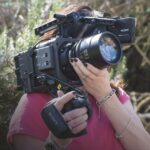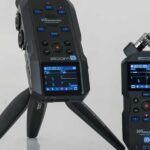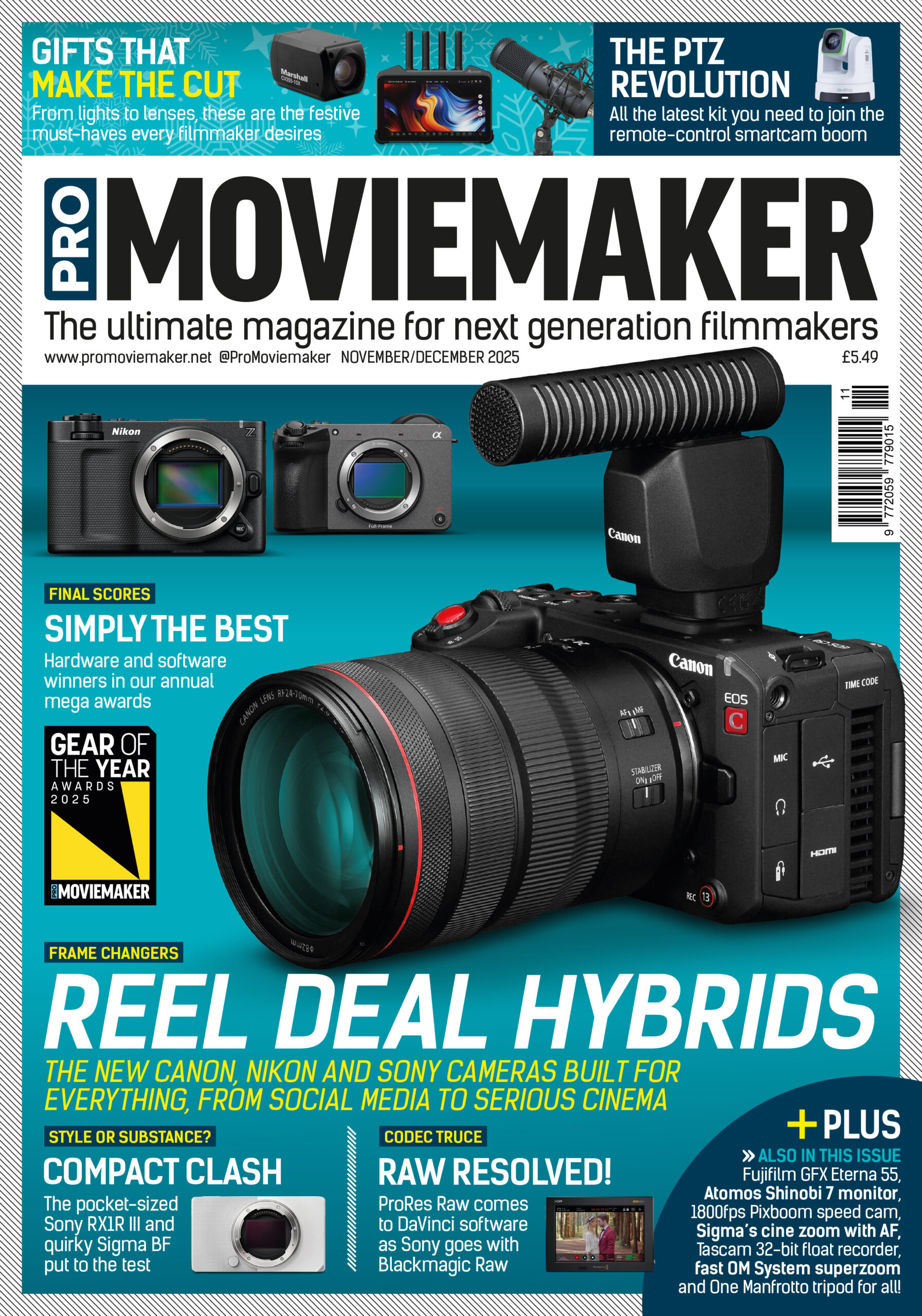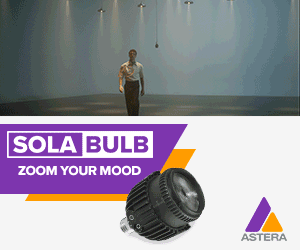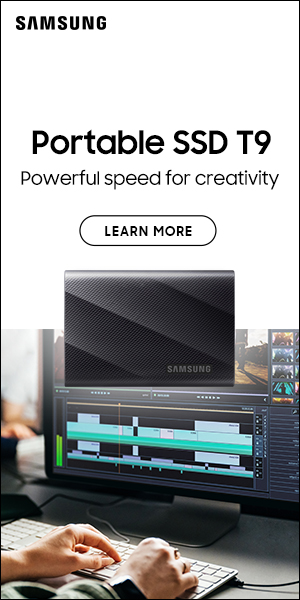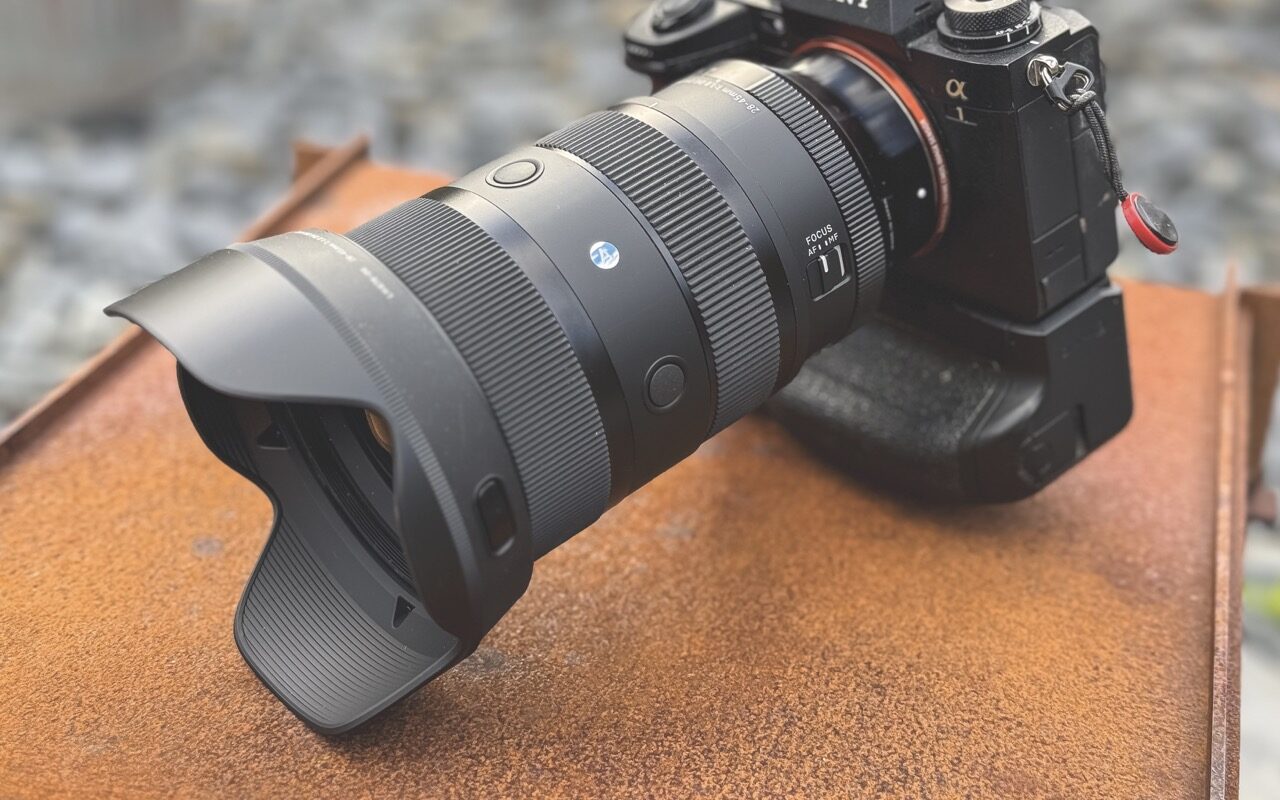
Mini test: Sigma 28-45mm f/1.8 DG DN Art lens
Posted on Sep 9, 2024 by Pro Moviemaker
Sigma’s latest 28-45mm f/1.8 DG DN Art zoom lens marks a significant leap for the brand, showcasing its transition from budget alternatives to premium, high-performance optics
This new superfast 28-45mm zoom is the perfect example of Sigma’s new direction for high-end lenses. Long gone are the days of its reputation as simply a manufacturer of cut-price versions of camera-brand optics. Sigma is now recognised for its high-quality products, which prove as good as or even better than the big names – but still costing significantly less. Helped by the quality of the Art range of AF primes and zooms – which are packed with the latest tech – as well as the cinema series of manual lenses, the Japanese brand can certainly claim to be a premium brand.
But Sigma has said it wants to be known as a true innovator, designing lenses that push the boundaries of what’s possible – and that other manufacturers simply don’t offer. And the new 28-45mm f/1.8 DG DN Art is the first example. It’s not just a clone of other lenses, but breaks new ground as the world’s first zoom lens for full-frame mirrorless cameras with a constant f/1.8 aperture throughout the entire range. Sigma used to make an 18-35mm f/1.8 zoom for crop-sensor DSLRs, which offers roughly the same focal length though is nowhere near as advanced in terms of autofocus or image quality.
Embracing the hybrid nature of many mirrorless camera users, this new optic offers optical quality and light-gathering capabilities to rival prime lenses, while providing video-friendly design and functionality. This includes an internal zoom design to aid balancing on gimbals, minimal focus breathing, fast and quiet AF motors, a more linear manual focus feel, plus a separate aperture ring that can be de-clicked for seamless exposure adjustments or locked to prevent accidental changes. With two AFL buttons and a focus mode switch on the body, that’s a lot of spec filmmakers will appreciate. This is not just a lens for stills shooters who want to lighten the load of their kitbag by hauling around one zoom instead of three primes – but it offers that too.
Obviously, you don’t get something for nothing; there must be compromise along the way. In the case of the new Sigma zoom, it’s the size and weight compared to a prime, and the relatively limited zoom range which goes from 28mm wide angle to 45mm, which is just short of what many feel is the ‘standard’ 50mm focal length.
In use, this quickly becomes a limiting factor. You always seem to want just that bit of extra space at the wide end or that tiny bit more at the long end. It’s not a lens for in-your-face vloggers, for example, who thrive on super-wide glass and the unique but unnatural looks this delivers.
It could go wider or longer, but this would mean a smaller maximum aperture and plenty of lenses provide exactly that. Alternatively, making a 24-70mm f/1.8 lens would push the laws of physics and be significantly bigger, heavier and expensive. And, at £1299/$1349 for its 960g/2.1lb weight and large 82mm front filter size, it’s already quite a chunk to fork out for and ballast to carry around.
What this can do is replace 28mm, 35mm and 45mm f/1.8 primes in a single lens, offering more precise framing for focal lengths in between. Actually, not even Sony offers these focal lengths as f/1.8 versions. The closest match from Sony is a 28mm f/2, 35mm f/1.8 and 40mm f/2.5 or 50mm f/1.8. By going with the Sigma option you’d spend roughly the same as buying three primes, but get a lens with a consistent maximum aperture and much more advanced features – from faster AF to weather sealing and, of course, the ability to zoom. Sadly, the Sigma isn’t parfocal, so the focus doesn’t stay locked on when zooming. But with the modern phase detection AF that comes in a Sony or the latest Panasonic cameras – as the lens is also available in Leica L-Mount – the focus can automatically stay locked on as you zoom. No such luck if you want to manually focus, though.
When manually focusing for stills, the feel is pretty good despite being a fly-by-wire control design. But for filmmaking, this electronic control varies depending on how fast you turn the focus ring, so it is not repeatable like on a real manual focus lens. For this, a cine prime is for you.
But then you’d be missing out on the fast, precise autofocus capabilities of the speedy Sigma’s high-response, linear actuator autofocus. It snaps into focus quickly and feels every bit as precise as the latest Sony AF lenses.
One unusual feature is the 30.2cm/11.9in minimum focusing distance, which is the same at all focal lengths. Respectable for a zoom, but not as close as a dedicated prime.
Image quality at pretty much all focal lengths is as good as a prime, which is very impressive. The lens is super sharp across the frame, but of course when shot wide open there is a bit of softening in the corners. Even wide open, the lens resolves loads of detail and is sharp.

Colours are natural and, as with most Sigma zooms, control of flare is excellent – helped by the included lens hood. There is very little ghosting present and the contrast is high. Even when shooting directly into the sun, it was difficult to provoke any nasty flare artefacts.
Bokeh is excellent, thanks to the 11-bladed aperture. There are a few cat’s-eye issues at the longer focal length, but it’s not too unpleasant. In fact, the lens gives a swirly-style, vintage-look bokeh in certain shots.
There is some chromatic aberration at wider settings, but it’s minimal and nothing to worry about.
When we tested the lens, there was no lens correction data for our editing software, so at 45mm we experienced some pincushion distortion – and at 28mm some barrelling. There was also a small amount of vignetting in the corners. Once lens correction profiles are available and fully updated, these should easily be sorted. We tried the Sigma 24-70mm f/2.8 profiles and it worked well anyway.
Build quality is excellent and the lens is resistant to the weather, with coatings to repel oil and water. Like the 24-70mm, it has every feature apart from image stabilisation.
It’s a unique optic that does offer speed and quality to rival three prime lenses, but it isn’t particularly cheap or compact. If you can live with its limited zoom range, it’s a lens you will cherish.
£1299/$1349
Specifications
- Focal length: 28-45mm
- Mount: Leica L, Sony E
- Image coverage: Full-frame
- Aperture: F/1.8-16
- Aperture blades: 11, rounded
- Construction: 18 elements in 15 groups with 3 aspherical and 5 Special Low Dispersion
- Image stabilisation: None
- Minimum focusing: 30.2cm/11.9in
- Filter size: 82mm
- Dimensions (wxl): 87.8×151.4mm/3.5×4.8in
- Weight: 960g/2.1lb
Pro Moviemaker rating: 9/10
A uniquely fast full-frame zoom
- Pros: Quality, three lenses in one!
- Cons: Limited focal length range
This review was first published in the September/October 2024 issue of Pro Moviemaker



